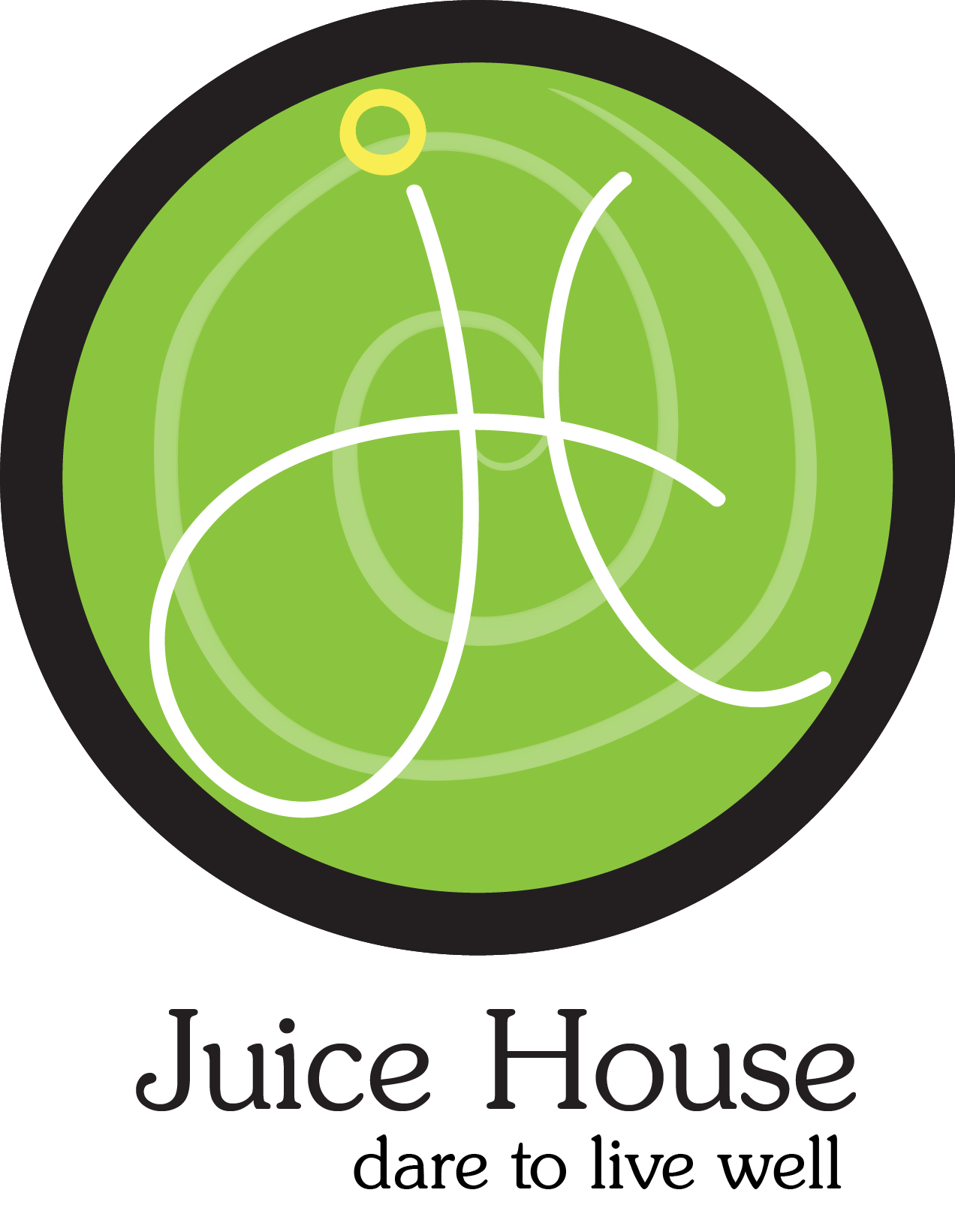Embarking on the journey from high school to college with high-functioning disabilities can be an intricate path, often hidden in plain sight. Amid the challenges that these students face, there lies an unspoken stigma, reinforcing the need for empathy, solidarity and proactive advocacy. So how do students transitioning from high school to college with these needs navigate through successfully?
According to Dr. Kim Nielsen, professor and chair of the Disability Studies program at the University of Toledo, “The vast majority, like 75% – 80% of students who receive accommodation in high school do not ask for it when they get to college. And they are told by their family that if you don’t grow up, you won’t get out of this.”
What makes the transition so difficult for many students has a lot to do with the shift in roles as a student from high school to college students that are now defined as adults for the first time. These students who may have received support and guidance through their K-12 education and parents now are faced with unique hurdles, especially for students with high-functioning disabilities. The reluctance to seek accommodations can be attributed to societal attitudes and a lack of awareness about the rights they are entitled to in higher education. So, students come into their college experience adverse to seeking the help they need.
To Dr. Nielsen, self-advocacy is key. “They have to ask, to get over it. If they want to succeed, they need to be their own advocate.” While that may seem a strong stance, it comes from a critically important understanding: college students’ rights are theirs to claim and exercise, even those that want to help cannot speak out to help until the student first opens the conversation. They are protected by law to choose whether to identify their needs or not.
Understanding the legal distinctions between K-12 and college is paramount to securing support.
Additionally, embracing the rich tapestry of diversity means acknowledging disabilities as integral threads in the human experience.
Dr. Kim Nielsen said, “I think there’s a common misconception that disability is always ‘them’ when I think it’s quite ‘us.’” There is a much larger landscape that incorporates the full population into the narrative. It’s revealed in the data: “27% of the U.S. population has a disability,” Neilsen said.
Understanding the relevance of how close disability is to each one of us is crucial in creating a friendly and open social ecology for breaking down these invisible barriers. “We have graduates from the Department of Disability Studies working in the field of urban planning, politics and engineering background …” Dr. Neilsen said.
Every career connects to disability; this opens up a great need for training and advocacy in the workplace to broaden the understanding of how we practically operate as an inclusive society. “Disability is in the fabric of society that either you, your family or someone you are working with,” she said. We are all beneficiaries of the policies and accommodations that have been developed for supporting the accessibility of our world.
There are also student organizations that can serve as a strength for those with disabilities. Among them, organizations such as Disabled Students and Allies, along with the Disability Student Union, are working to forge nurturing spaces where students unite to champion inclusivity and break down the stigma surrounding disabilities.
As the journey from high school to college unfolds, many students with high-functioning disabilities will confront a path with challenges and misconceptions. However, by embracing the support of student organizations, bridging the chasm between K-12 and college through education and confronting the stigma surrounding disabilities, these students can forge their destinies with resilience and determination. The unwavering efforts of departments such as Disability Studies and the Office for Disability Services exemplify the commitment to inclusivity, guiding college-bound students toward a future that champions their talents and unleashes their full potential. Together, they work toward a society that embraces and empowers all students, irrespective of their abilities.


